RV life looks dreamy, but here’s the harsh reality
The dream of RV life is hard to resist. Whether you’re imagining a cross-country adventure with your dog riding shotgun, romantic weekends parked by scenic lakes, or trading in your 9-to-5 for full-time van life, RVs hold serious appeal. But before you hand over your savings for a shiny new motorhome, it’s worth diving into the real costs, challenges, and considerations of RV ownership.
Is Buying an RV Right for You?

First, ask yourself why you want an RV. Are you planning occasional weekend getaways? Long summer road trips? Or do you dream of full-time RV living? Your answer will dramatically influence what kind of RV you should consider—and whether it makes sense to buy one at all.
For occasional use, renting might be more economical (and far less stressful). The average cost of renting a motorhome is about $150–$300 per night, which may seem steep—but it’s often far cheaper than owning when you factor in storage, maintenance, insurance, and depreciation.
If you’re a frequent traveler, have flexible work, or genuinely want to explore life on the road, owning might be a better fit. Just be ready for a reality check.
Types of RVs—and How to Choose What You Need
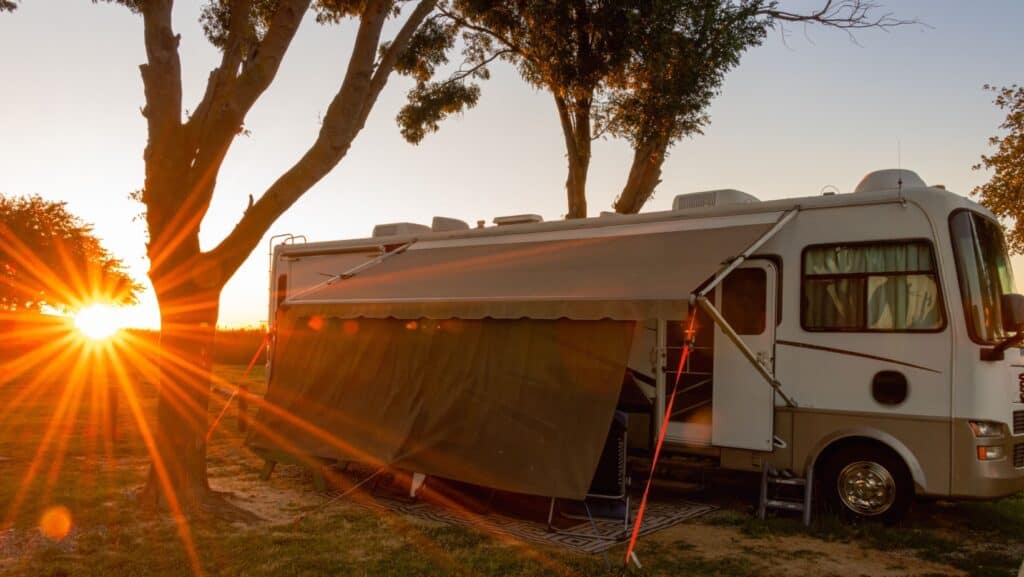
There’s a wide range of recreational vehicles out there, from compact camper vans to luxurious Class A motorhomes the size of tour buses. Here’s a quick breakdown:
- Class A Motorhomes: These are the largest and most expensive, often loaded with amenities. Great for full-time living or long road trips, but they’re harder to drive, store, and maintain.
- Class B Camper Vans: Compact and easier to drive, these are ideal for solo travelers or couples who want mobility. Limited space but great for adventurers.
- Class C Motorhomes: A middle ground—more spacious than a van, easier to drive than a Class A. Good for families or small groups.
- Travel Trailers & Fifth Wheels: Towable options that come in many sizes. They require a truck or SUV with towing capability but offer flexibility once parked.
- Pop-Up Campers & Teardrop Trailers: Lightweight and easy to store, these are affordable options for part-time users.
When choosing, think realistically about how often you’ll use it, where you’ll park it, how much space you need, and whether you’re comfortable driving or towing.
Pitfalls of Buying and Owning an RV

Pay close attention to these pitfalls.
1. Depreciation is Brutal

RVs lose value fast—often 20%–30% as soon as you drive off the lot. Like cars, they continue to depreciate each year, so if you plan to sell in a few years, expect to take a hit.
2. Maintenance Surprises
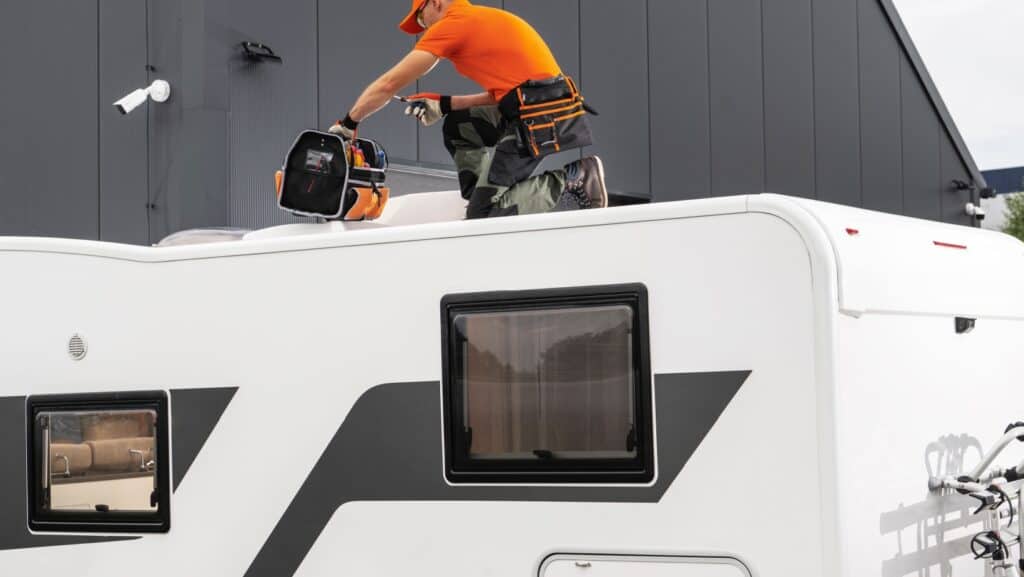
An RV combines a vehicle and a home, which means double the potential problems. You might need to fix plumbing leaks, roof seals, engine issues, or failing appliances. Tire blowouts are common and dangerous if not monitored. Regular upkeep is necessary—even when you’re not using it.
3. Storage Can Be a Pain (and a Cost)
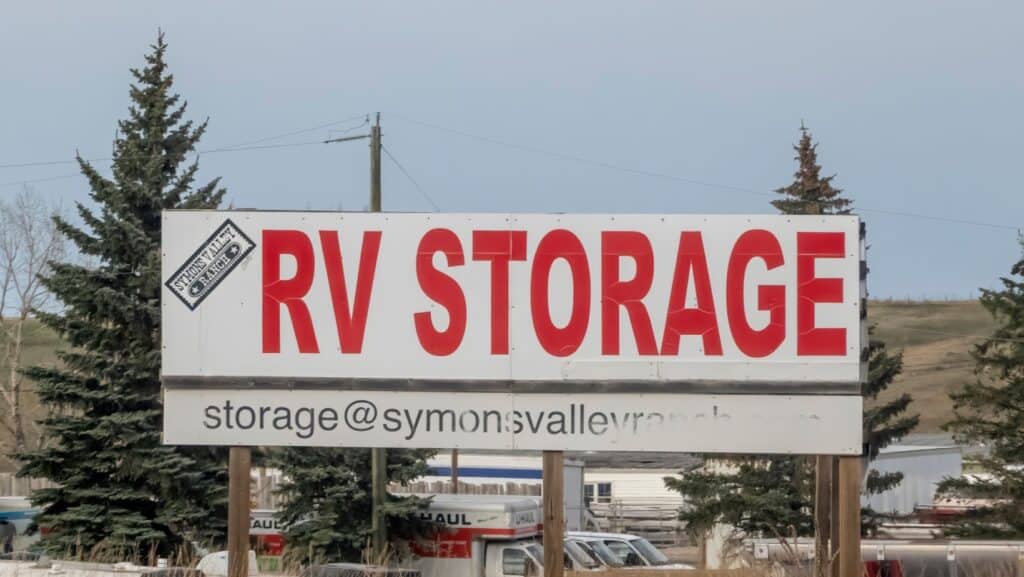
Unless you have a giant driveway or live in an RV-friendly community, you’ll likely need to pay for off-site storage. This can cost anywhere from $50 to $250 per month, depending on location and whether it’s covered or climate-controlled.
4. Insurance and Registration Add Up
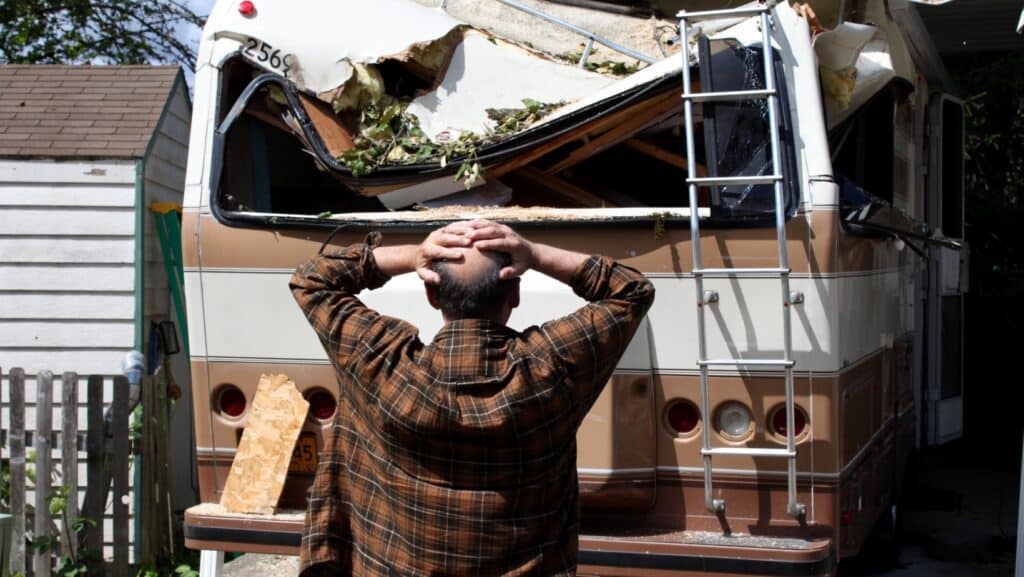
RV insurance varies based on the type, size, and whether you live in it full-time. Expect to pay anywhere from $500 to $2,000+ per year. Registration and taxes vary by state but are often higher than for regular vehicles.
5. Hidden Costs of Travel
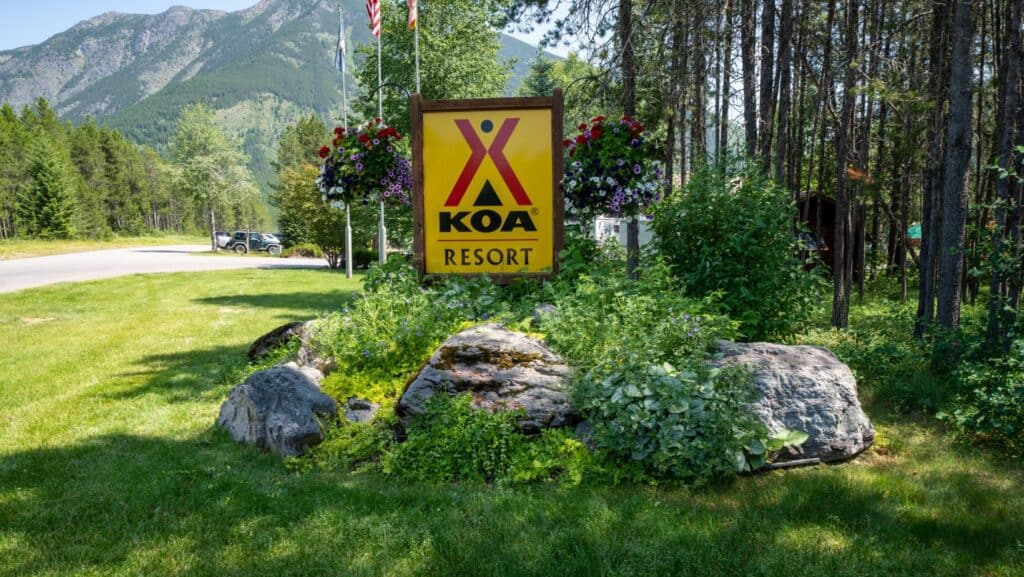
Fuel, campground fees, propane, tolls, dump station fees, and Wi-Fi access all add up. Many people underestimate how much it costs to travel in an RV—especially if you’re hoping to save money by avoiding hotels.
Yearly Cost of RV Ownership: A Reality Check

Here’s a rough annual cost breakdown for a mid-size Class C motorhome that’s used part-time (around 30 nights a year):
- Insurance: $1,000
- Storage: $1,200–$2,400
- Maintenance & Repairs: $1,000–$2,000
- Registration & Taxes: $200–$1,000
- Depreciation: $3,000–$6,000
- Upgrades/Accessories: $500
- Camping Fees (30 nights at $40/night): $1,200
- Fuel: $1,000–$2,000 (depends on mileage)
Total Estimated Annual Cost: $8,100–$15,100
(And that’s not including your monthly loan payment, if you financed the RV.)
How to Make RV Ownership More Economical

These 7 tips will set you on the right path.
1. Buy Used (But Carefully)
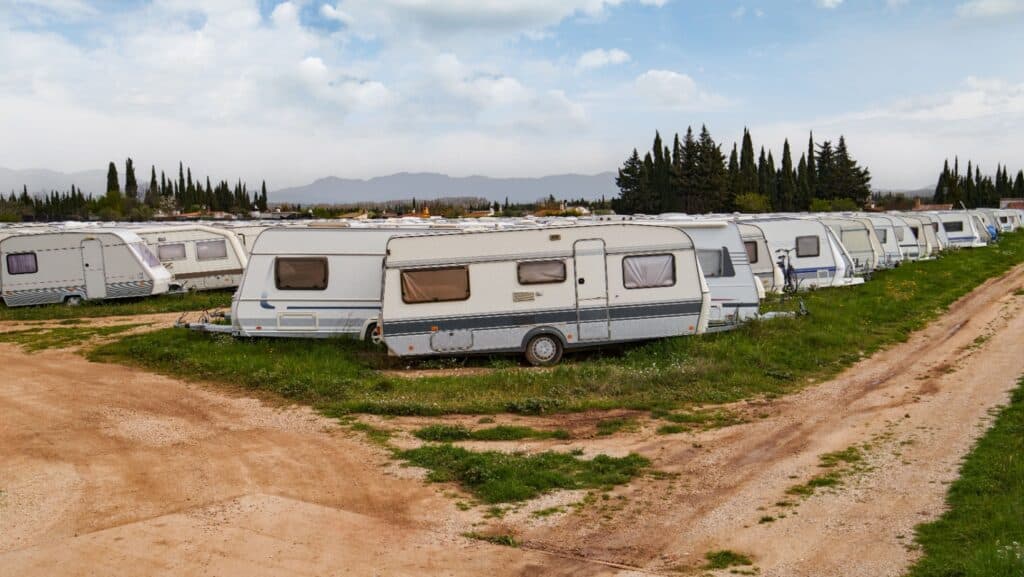
Like cars, RVs depreciate fastest in their first few years. Buying a gently used model can save you thousands. Just be sure to get a thorough inspection—hidden water damage is a common and costly issue.
2. Choose a Smaller RV
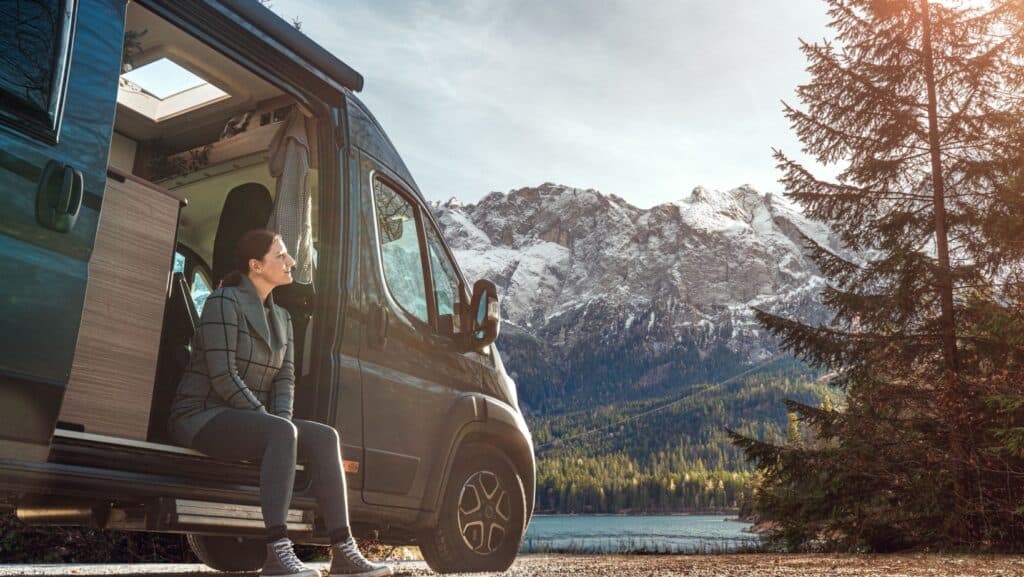
The bigger the RV, the more it costs to buy, fuel, insure, and store. Smaller rigs (Class B vans or lightweight trailers) can help you keep costs down—and fit into more places.
3. Rent First
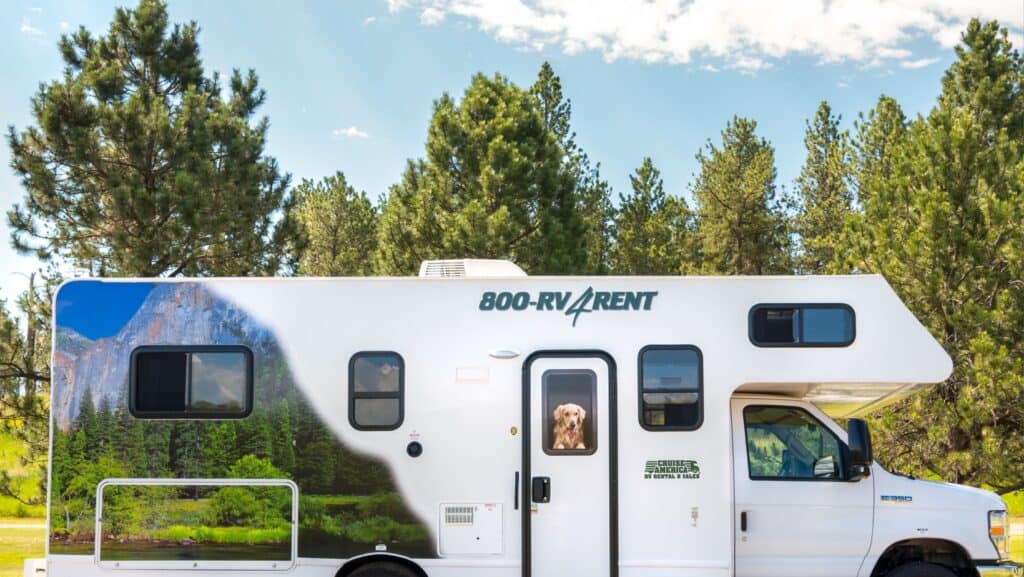
Try before you buy! Renting a few different types of RVs can give you a real sense of what you like—and what annoys you—before making a big purchase.
4. DIY When Possible

Learn basic RV maintenance and repairs—YouTube and RV forums are goldmines for information. Replacing your own batteries, fixing seals, or unclogging tanks can save big bucks.
5. Boondock & Camp Smart
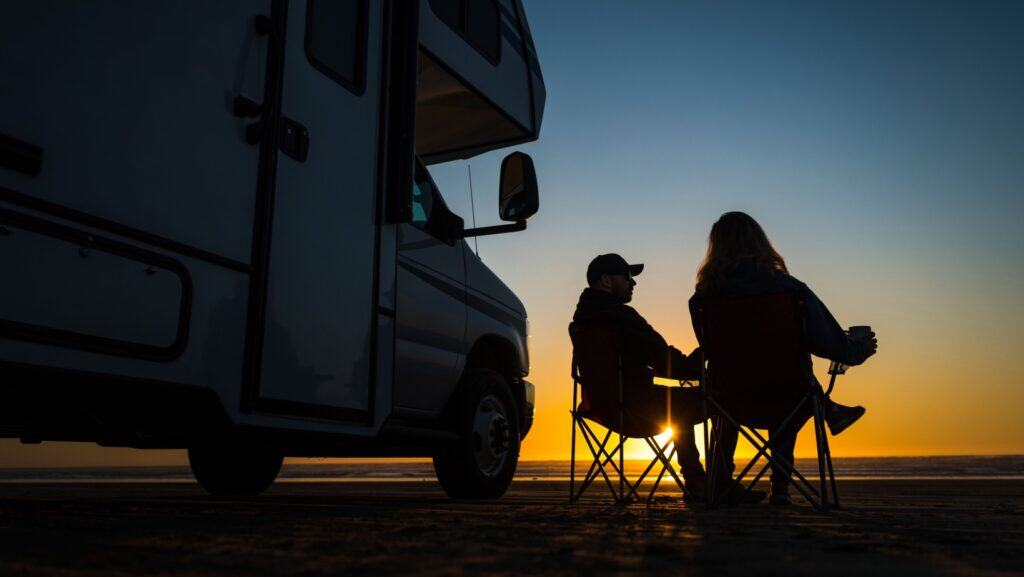
Use free or low-cost camping options like Harvest Hosts, Boondockers Welcome, or BLM land when possible. Skip pricey RV resorts if you’re just looking for a place to sleep.
6. Share Ownership

If you only plan to use your RV occasionally, consider going in with a trusted friend or family member. Just be sure to write out a clear agreement.
7. Use It as a Guest Room

When it’s not on the road, an RV can double as guest space or a home office, making it more useful year-round.
Final Thoughts

Buying an RV isn’t just a lifestyle decision—it’s a financial one, too. For some, it opens the door to unforgettable adventures and more flexible living. For others, it turns into a money pit on wheels. The key is to approach it with eyes wide open. Consider your actual usage, budget realistically, and explore rental options before committing.
If the open road is calling and the numbers make sense, an RV might just be your ticket to freedom. But if you’re chasing the Instagram version of van life without thinking it through, you might find yourself more stressed than serene.
As with any major purchase, do your homework, crunch the numbers, and know yourself. Then decide whether you’re ready to roll.
10 Essential Safety Tips for Women Driving Cross-Country Alone

Traveling solo can be an exhilarating and empowering experience, especially when you’re driving across the country. However, it also comes with unique challenges and considerations—especially for women. Safety, convenience, and preparedness should be at the forefront of your journey. Here’s a guide on how to drive across the country safely as a woman alone.
READ: 10 Essential Safety Tips for Women Driving Cross-Country Alone







